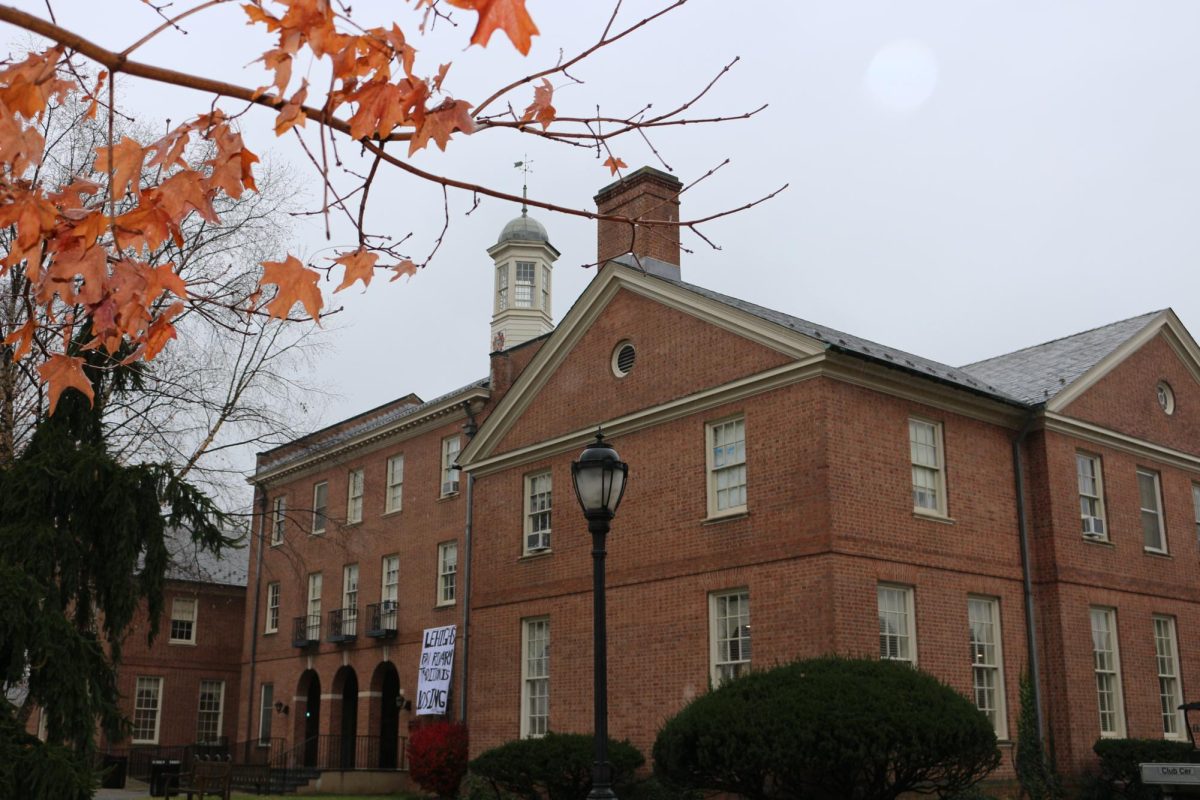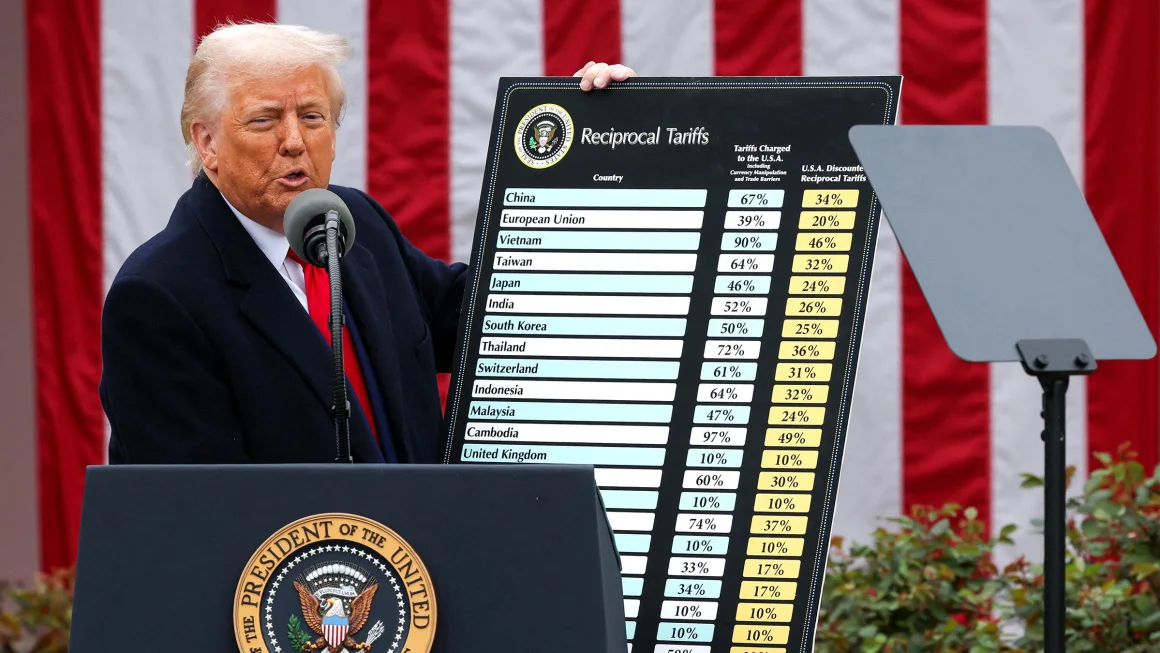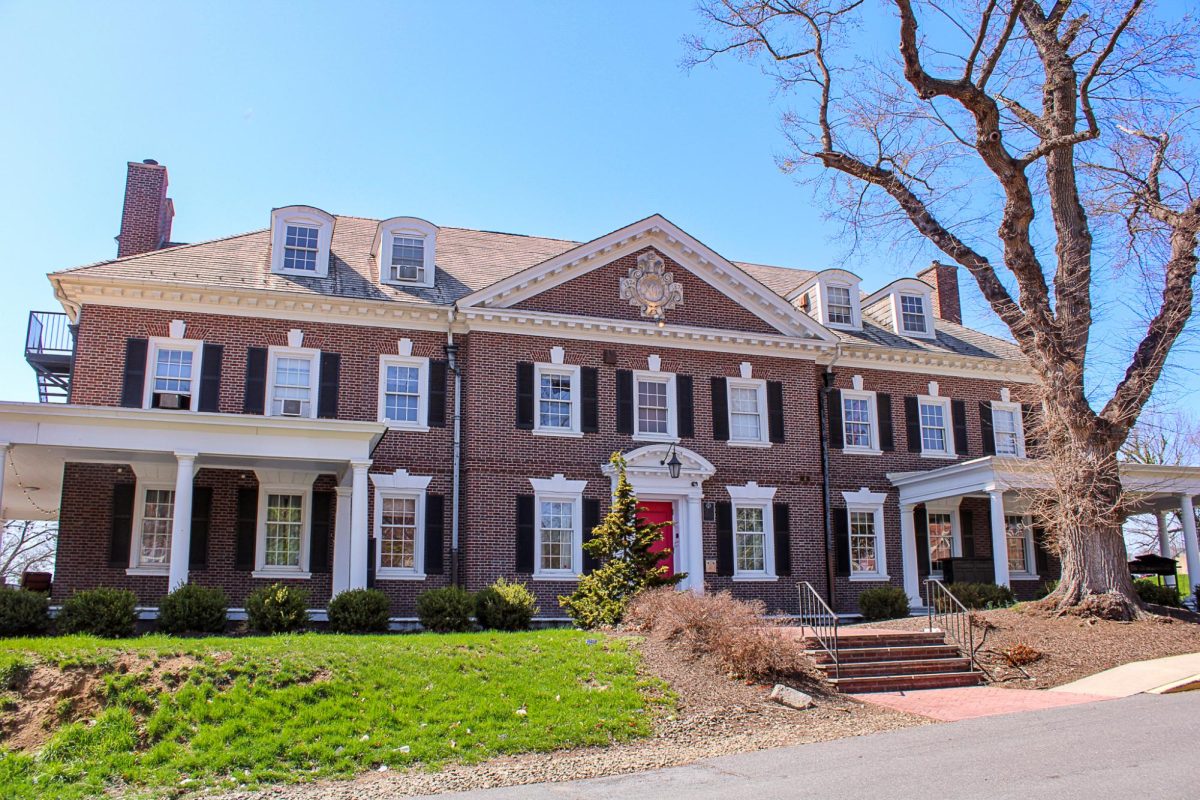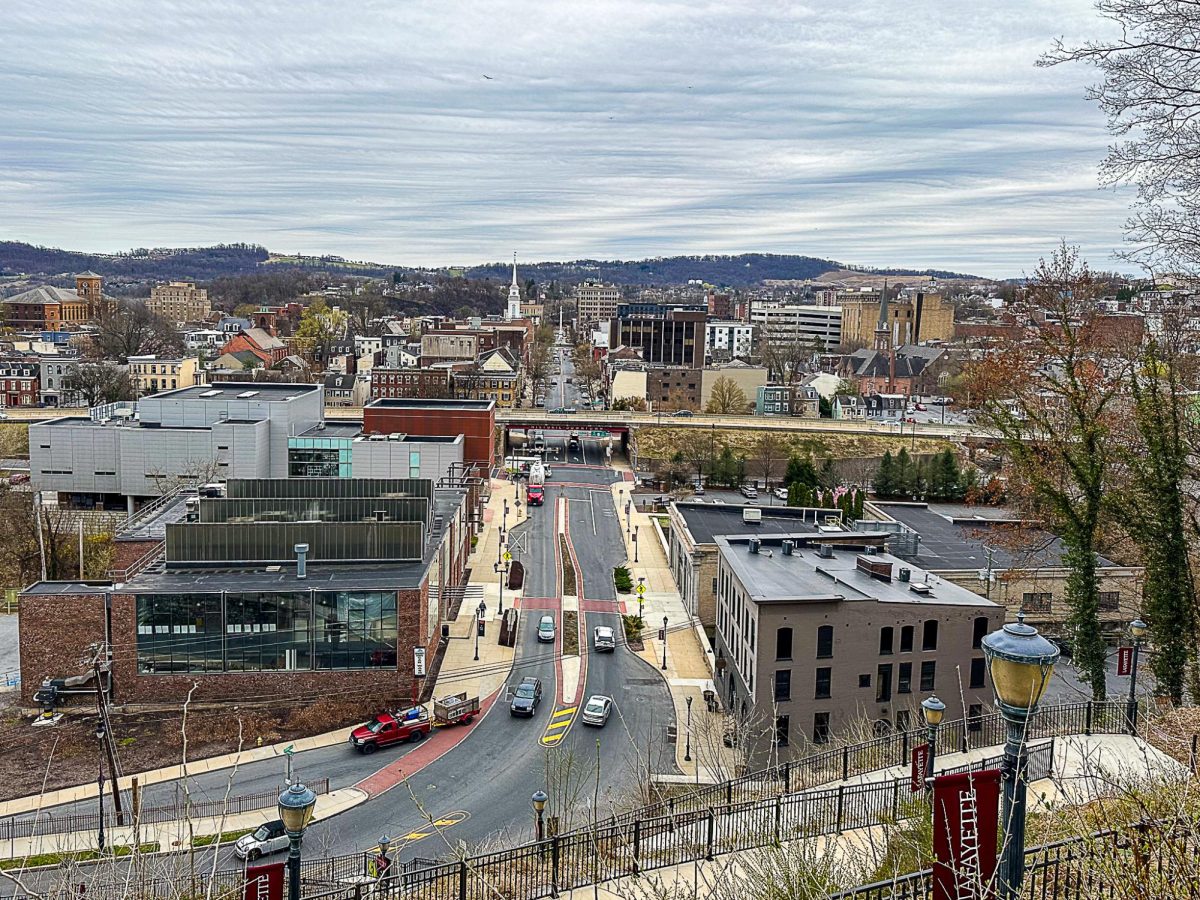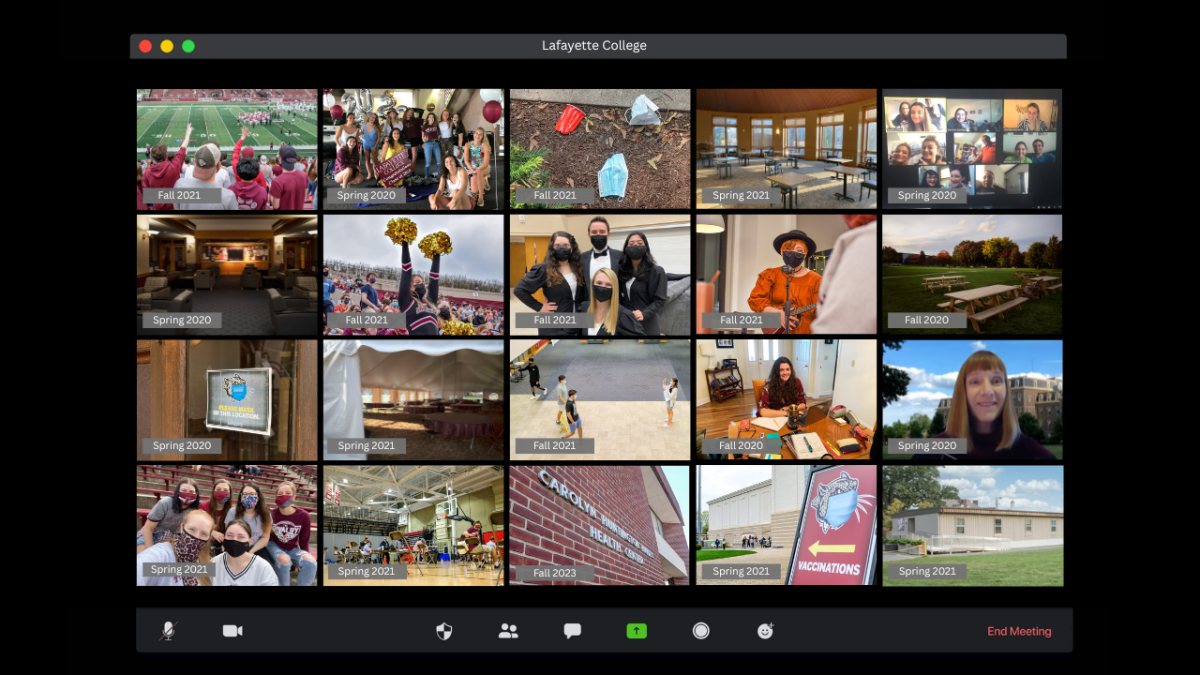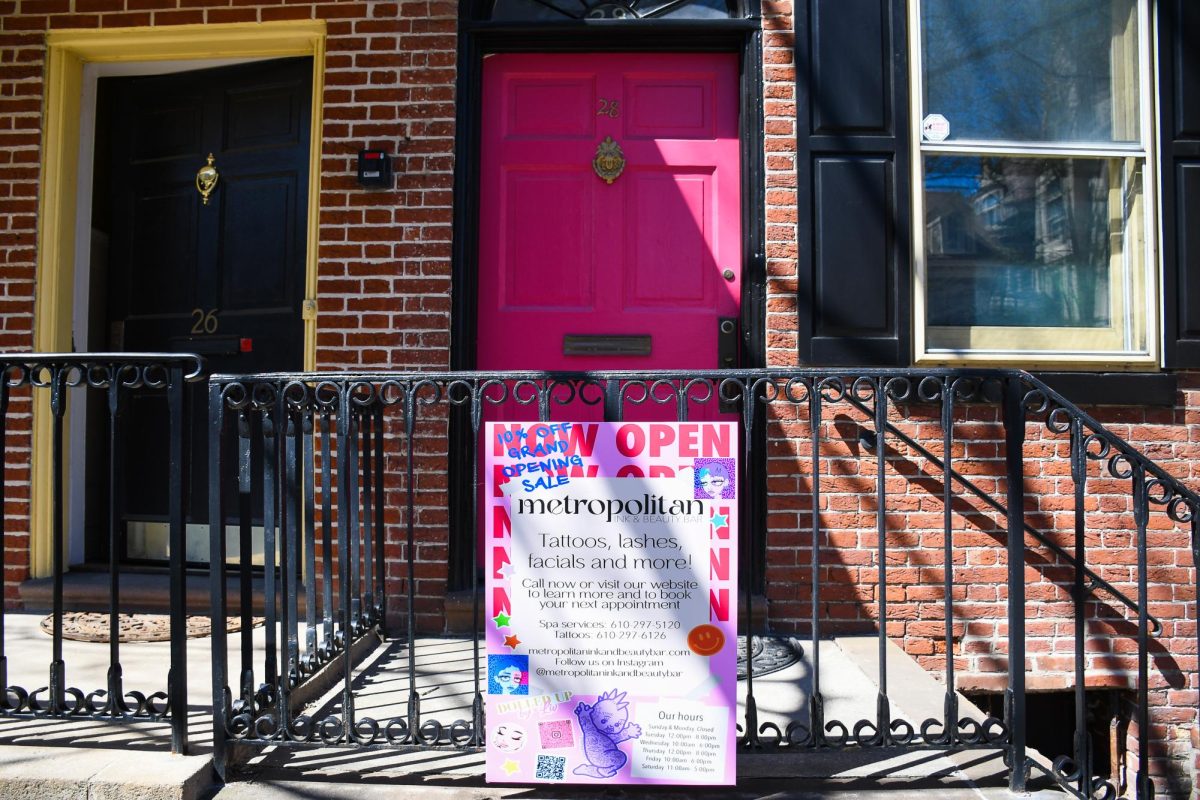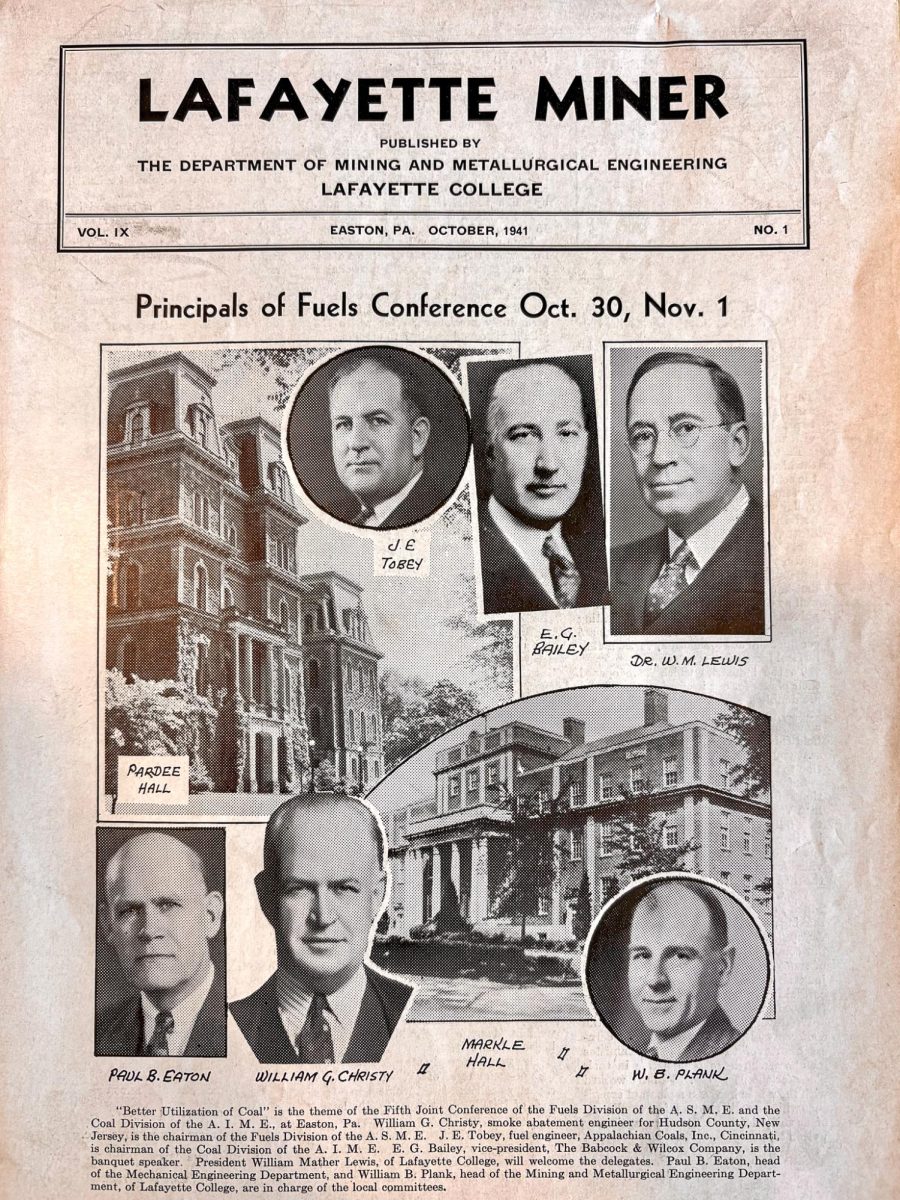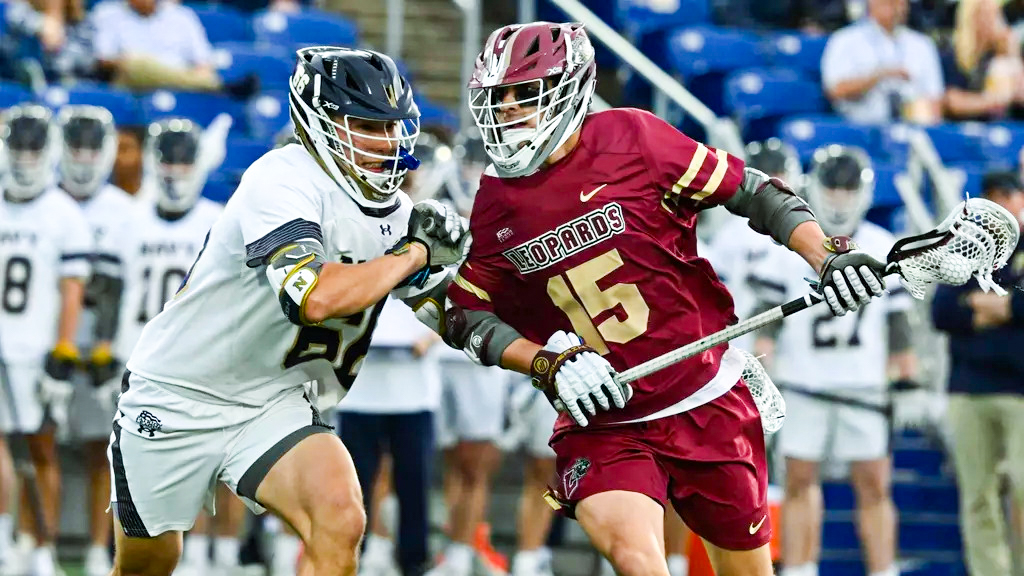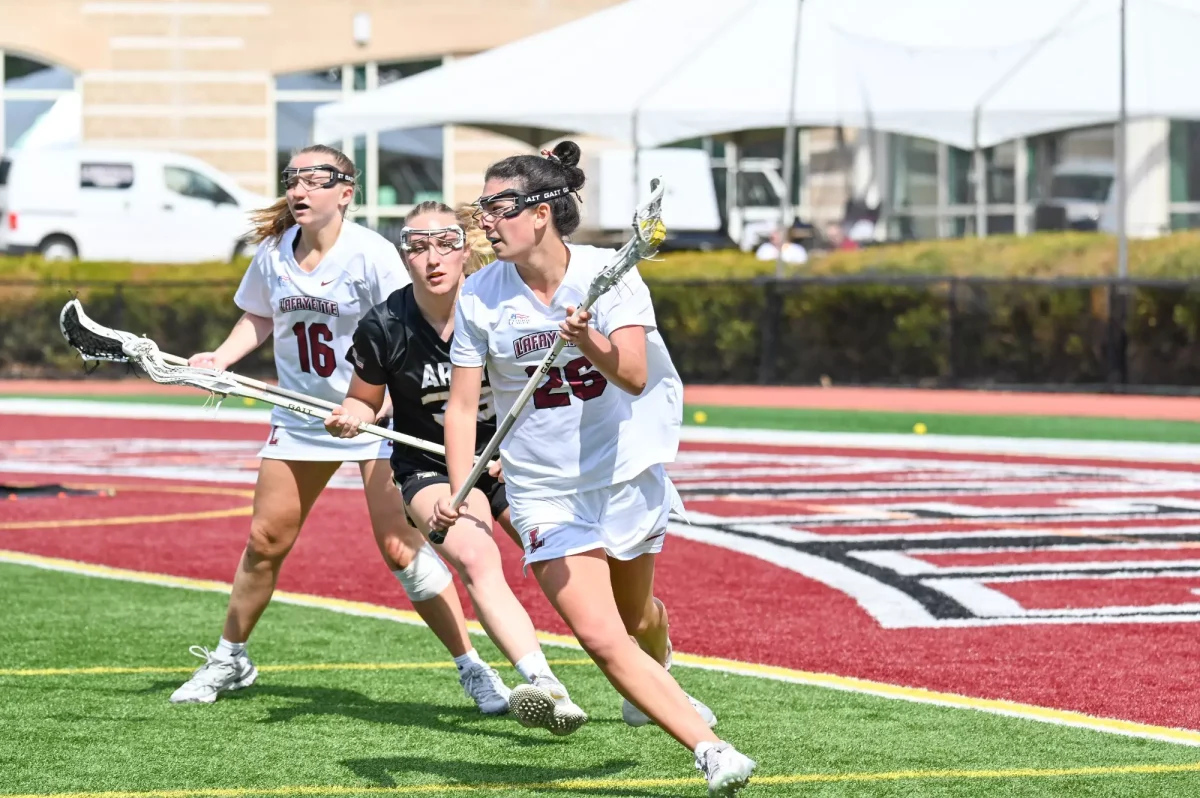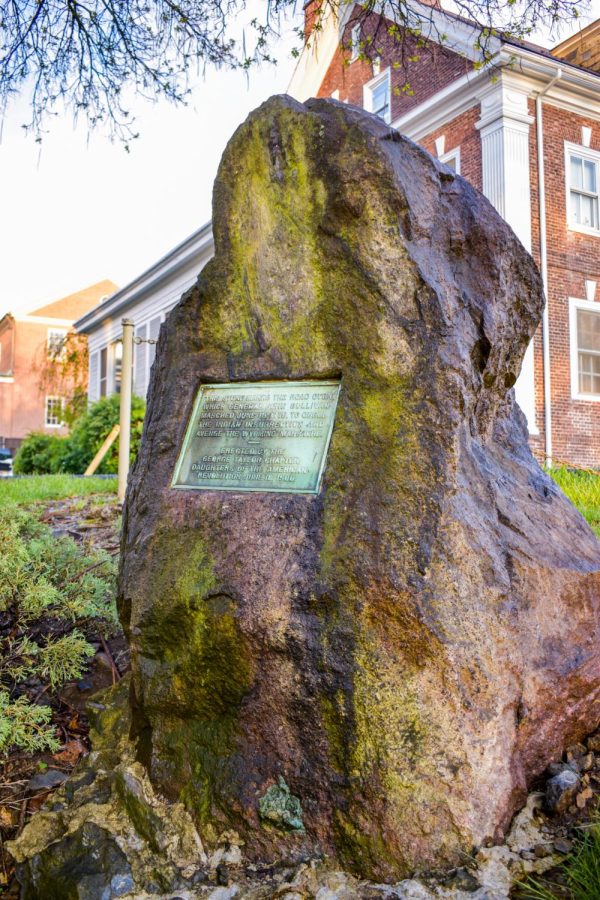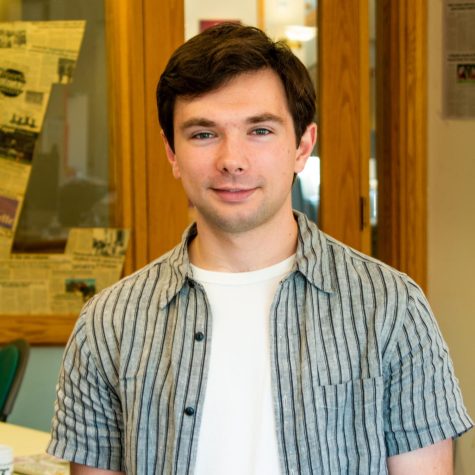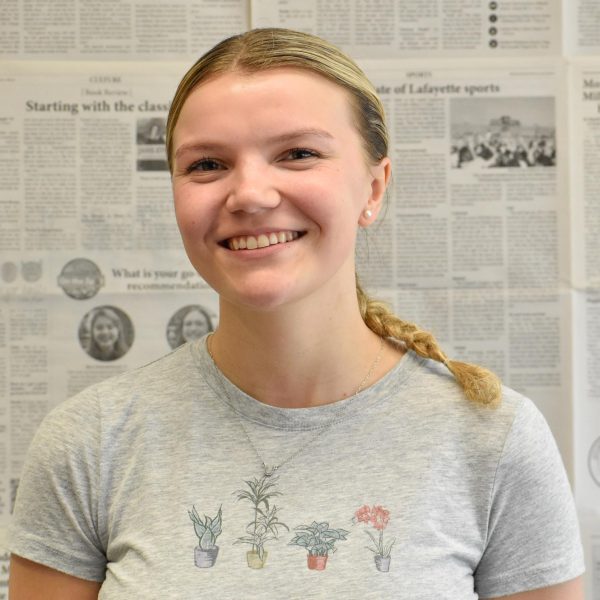The college recently expressed interest in working with the Indigenous Rights Coalition (IRC) to add an interpretive sign to the Sullivan Trail Monument and to potentially move the monument from its current location behind Lavender Lane.
Erected in 1900 by the George Taylor Chapter of the Daughters of the American Revolution, the monument commemorates the path upon which General John Sullivan marched to wage a scorched-earth campaign against the Iroquois Confederacy in 1779.
“We are still in the early stages of this project … so we do not have definitive timelines established yet,” Executive Vice President for Finance and Administration Audra Kahr wrote in an email. “Rather [we have] commitments to continue the conversation and ensure that we are honoring the history of our community,”
The IRC was originally founded as the Sullivan Removal Coalition in the spring of 2022 by students and professors who sought to remove the monument from campus. Members of the group believed that the monument did not adequately address the violence perpetrated against the Iroquois during Sullivan’s March, which some historians have equated to genocide.
“It was really harmful that that language is on our campus and basically endorsed by Lafayette College because it’s on our campus,” Ariel Haber-Fawcett ’24, an IRC leader, said.
The group, which has since renamed and expanded its goals, no longer aims to remove the monument from campus after members of the history department, citing the historical value of the marker, objected to this proposal last year.
With the interpretive sign, IRC hopes to provide more information about the violence and consequences of Sullivan’s March.
“[The sign will have] corrective language that tells the real history of what happened,” Aidan Choate ‘23, another IRC leader, said.
In drafting the sign, the IRC members have received feedback from Joe Stahlman, an anthropology professor at the University of Buffalo who is the director of the Seneca-Iroquois National Museum, as well as Chief of Staff Nicole Eramo’s husband Kirt von Daacke, a historian at the University of Virginia who has been working with the descendants of slaves who built the school.
History professor Paul Barclay, who noted that the IRC has been very transparent about its work with the monument, said that the history department has chosen not to become involved.
He said the IRC’s work with the sign, which is “done in the spirit of activism,” may differ from the approach of history professors, who are interested in producing academic history.
“They should put their names on [the new sign] with the club and the date so that when somebody comes by in one hundred years and looks at that … [they can ask] ‘what were people thinking in 2023?’” Barclay said.
According to Haber-Fawcett, the group is finalizing the language and information to be included on the interpretive sign, which it hopes will be installed in the fall semester.
The IRC is also considering moving the rock from its current location along Sullivan Road so that it is in a less dangerous spot that is more conducive to learning opportunities. Possible locations included near Ramer History House or on Metzgar Field, Abigail Schaus ‘24, another IRC leader, said.
While recognizing that details including funding must still be worked out, the Office of the President expressed interest in working with the IRC to revisit the monument.
“We all look forward to bringing forth further educational opportunities for our students and community to share the important, and sometimes difficult, history of our College and region,” Kahr wrote.














